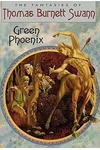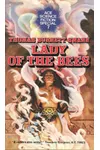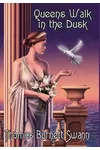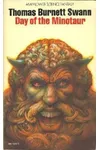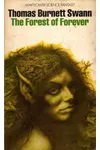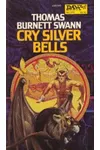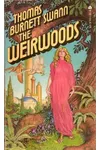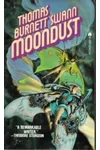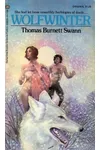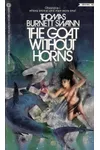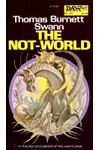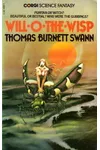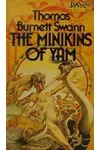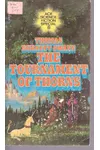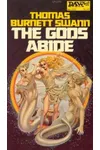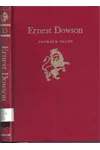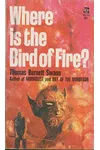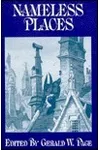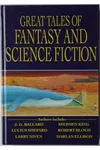Picture an American storyteller who spun ancient myths into vibrant fantasy worlds—meet Thomas Burnett Swann! Born in 1928, Swann was a poet, critic, and fantasy author whose tales of minotaurs, dryads, and satyrs captivated readers in the 1960s and ’70s. His unique blend of mythology, romance, and progressive themes made him a hidden gem in fantasy literature, despite his life being cut short by cancer in 1976.
Swann’s stories aren’t just escapist adventures; they’re heartfelt odes to a fading magical world, infused with a playful innocence and a touch of sensuality. Ready to explore the enchanting realms of this undercelebrated author? Let’s dive into his life and legacy!
The Making of Thomas Burnett Swann
Born on October 12, 1928, in Tampa, Florida, Thomas Burnett Swann grew up in a wealthy family, surrounded by orange plantations. As a young reader, he devoured the whimsical tales of A.A. Milne and the exotic adventures of Edgar Rice Burroughs, sparking a lifelong love for mythology and fantasy. After earning a B.A. from Duke University and a Ph.D. from the University of Florida, Swann served in the Navy during the Korean War, where he began writing poetry. His early works, including the self-published poetry collection Driftwood (1952), showcased a whimsical style that would later define his fiction.
Swann’s academic career as an English professor at universities like Florida Atlantic allowed him to explore his passion for poets like H.D. and Christina Rossetti. But by 1969, he left teaching to write fiction full-time, inspired by myths and the idea of a world where magic was fading under the rise of human civilization.
Thomas Burnett Swann’s Unforgettable Stories
Swann’s fantasy novels are like stepping into a lush, mythical past where creatures like centaurs and selkies roam. His most famous work, Day of the Minotaur (1966), part of the Minotaur Trilogy, reimagines Crete as a land of beastly heroes battling human encroachment. This Hugo-nominated novel blends adventure with a nostalgic longing for a lost world. Similarly, The Weirwoods (1967) tells a poignant tale of satyrs and nymphs facing Rome’s expansion, infused with Swann’s signature mix of humor and melancholy.
His novel Green Phoenix (1972) explores the Trojan prince Aeneas in a mythical Latium, while Lady of the Bees (1976) reimagines the founding of Rome with satyrs and divine bees. Swann’s style is neo-romantic, weaving poetry into prose and celebrating sensuality and same-sex relationships with a progressive lens rare for his era. His stories often unfold in reverse chronological order, creating a unique narrative puzzle that mirrors the decline of magic.
Swann also wrote short stories like “The Dryad-tree,” set in modern Florida, where a jealous dryad stirs trouble in a newlywed’s garden. Published in magazines like Science Fantasy, these tales showcase his ability to blend contemporary settings with mythic elements.
Why Thomas Burnett Swann Matters
Though Swann’s work never reached mainstream fame, his influence on fantasy is undeniable. His sensitive portrayal of mythological creatures and progressive themes, like same-sex relationships, resonated with readers seeking inclusive narratives. Nominated for three Hugo Awards and three Mythopoeic Fantasy Awards, Swann’s work earned critical acclaim for its elegiac tone and ecological undertones, echoing the era’s growing environmental awareness.
Swann’s legacy lives on through reprints of his novels and a small but dedicated fanbase. His ability to humanize mythical beings and critique patriarchal religions through a mythological lens makes his work timeless, inviting modern readers to rediscover his enchanting worlds.
- Born: October 12, 1928, Tampa, Florida
- Died: May 5, 1976, Winter Haven, Florida
- Key Works: Day of the Minotaur, The Weirwoods, Green Phoenix, Lady of the Bees
- Awards: Nominated for three Hugo Awards and three Mythopoeic Fantasy Awards
Snag Day of the Minotaur and dive into Thomas Burnett Swann’s mythical fantasy worlds today!
